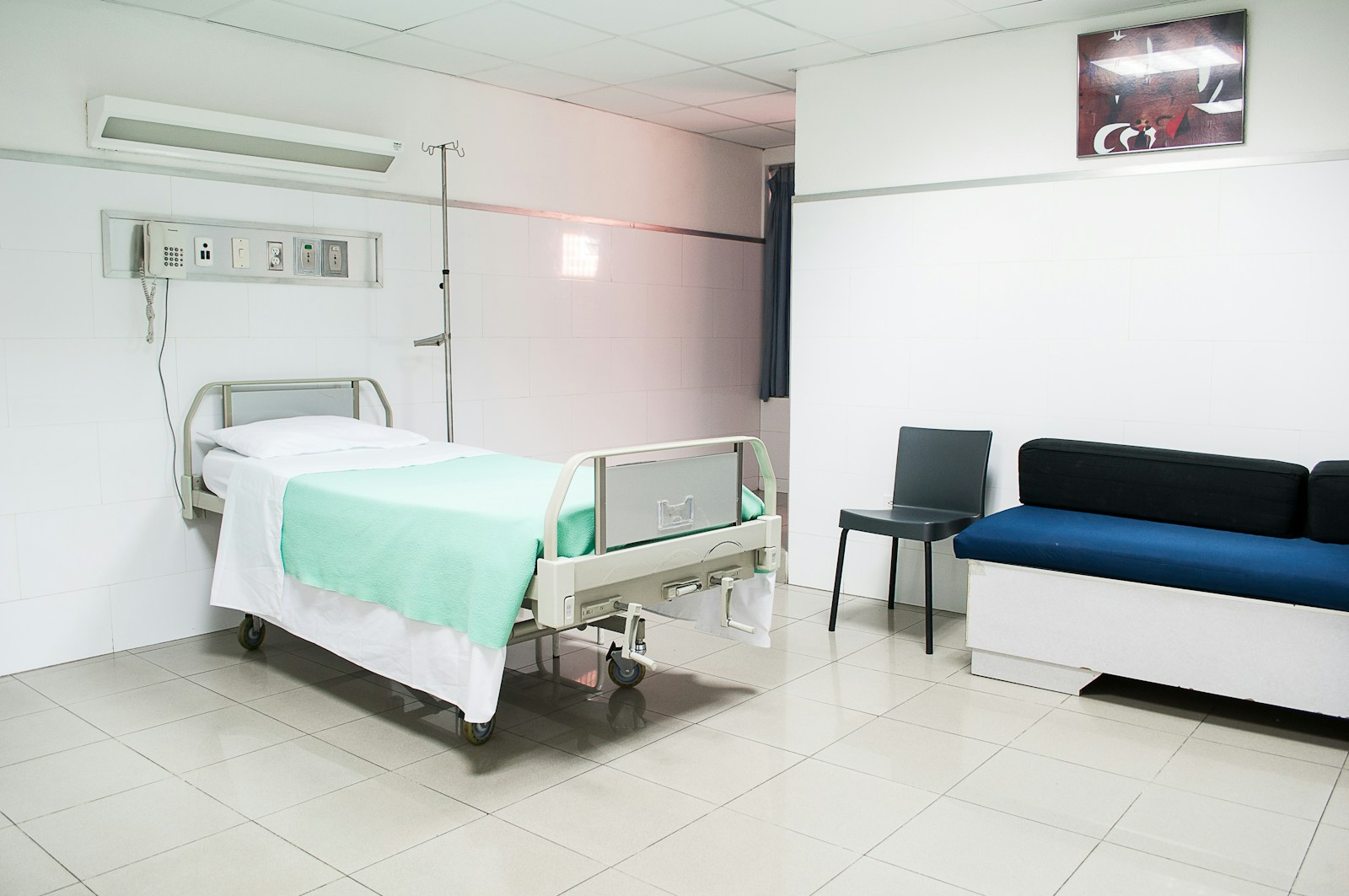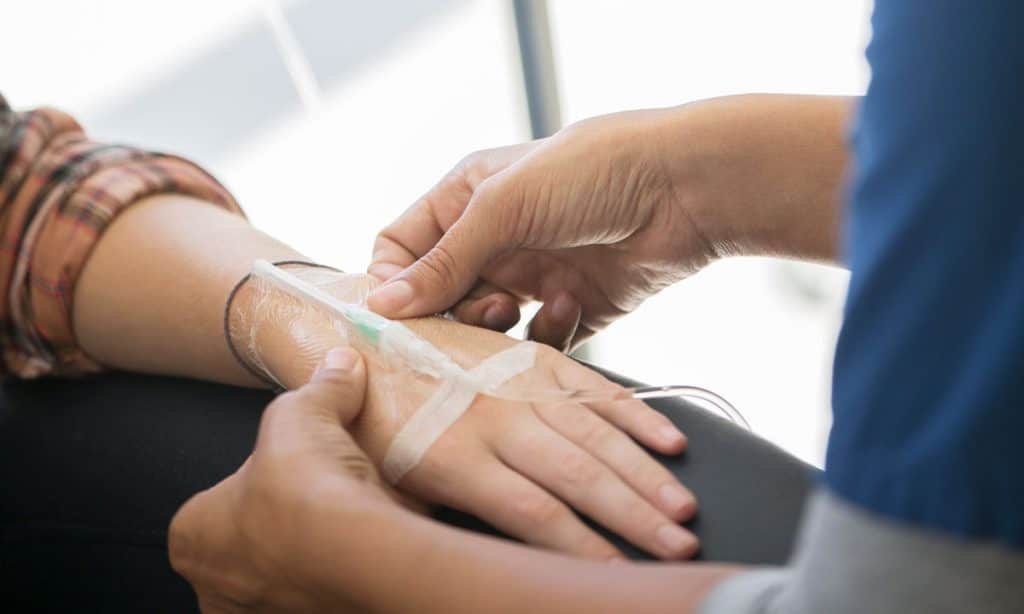
What you should know about chemotherapy and cannabis
Even the hesitant becomes curious about medical marijuana when dealing with chemotherapy. Studies have shown that medical marijuana in the right dosage can help relieve some of the side effects of chemotherapy. Almost 25% of cancer patients receive chemotherapy over the course of a year. And the exhaustion is real and can last for months, even after the treatments are over.
The data shows that you can take cannabis along with chemotherapy and radiation. However, it is advisable to have a discussion with your oncologists if you are considering incorporating it into your therapy. Cancer is a life-threatening disease that knows no boundaries. The medical community is now open and exploring how the benefits of medical marijuana can be used to cure parts of cancer. Here's what you should know about chemotherapy and cannabis.
Photo by Thirdman via Pexels
Cancer patients experience a number of side effects during chemotherapy. When you undergo strong chemotherapy, you usually experience the worst symptoms the day after. Symptoms range from dizziness to nausea and vomiting. Patients need chemotherapy because it is an effective treatment that kills the growing cancer cells in the body. However, these side effects often make it a gruesome experience.
Aside from the fact that cannabis helps relieve some of the symptoms associated with chemotherapy, it also plays a supportive role in helping the body fight the growth of cancer cells when undergoing chemotherapy and radiation.
One of the earliest side effects of chemotherapy is nausea, which is a bothersome factor for cancer patients. Many patients undergoing chemotherapy complain of excessive fatigue, headaches, high body temperature, etc. By combining cannabis with chemotherapy, you can significantly reduce the majority of these side effects.
Like most medications, medical marijuana works over a long period of time when used in the right dosage. Taking it once does not always provide the greatest benefit straight away.
A significant advantage is that it stimulates the patient's appetite, which is important for maintaining the body. After chemotherapy, patients complain that they could not eat or felt hungry. With cannabis, there is often a renewed appetite with an increased desire for food and the urge to snack more.
Another side effect of chemotherapy is fatigue. Coupled with the feeling of being overwhelmed by the process, they ultimately find themselves mentally and physically challenged to continue. A sativa “awakens” the body and helps through difficult times. CBD and THC have properties that can keep patients alert and active throughout the chemotherapy process.
RELATED: Combining CBD and chemo increases cancer survival rates
Another side effect can be insomnia. Despite the exhaustion, they find it difficult to sleep well. Since chemo patients are given steroids beforehand to relieve side effects, most patients also experience insomnia. The combination of cannabis can help patients feel rested throughout the day, allowing them to sleep more easily.
RELATED: Here's How Marijuana Can Control Chemotherapy-Induced Nausea
 Photo by Jamie Grill/Getty Images
Photo by Jamie Grill/Getty Images
You may feel fatigued when combining cannabis or other medications with chemotherapy. It can be an overwhelming experience if not done correctly. Here are some pointers to help you get the most out of consuming cannabis:
- Always start low and go slow: don't take so much cannabis at once.
- Always consult your doctor or oncologist if you feel you need a higher or lower dosage
- Avoid taking too many products at the same time: Sometimes you may not get the most out of cannabis because you are taking too many medications.
- Cannabis is very safe when consumed under medical guidance.
 Photo by Caiaimage/Sam Edwards/Getty Images
Photo by Caiaimage/Sam Edwards/Getty Images
Patients often worry about the “how to use” cannabis during chemotherapy: wondering whether they should smoke it, chew it, or otherwise consume it. The easiest way is with a tincture or an oil. It works quickly under the tongue without putting strain on the lungs and does not have to be swallowed if you feel sick. If nausea does not occur, a gummy or perhaps a cannabis drink can be taken, but it may take some time. The final method of consumption is either vaping or smoking. It is important to discuss this method with your doctor to avoid respiratory aggravation.

Post a comment: